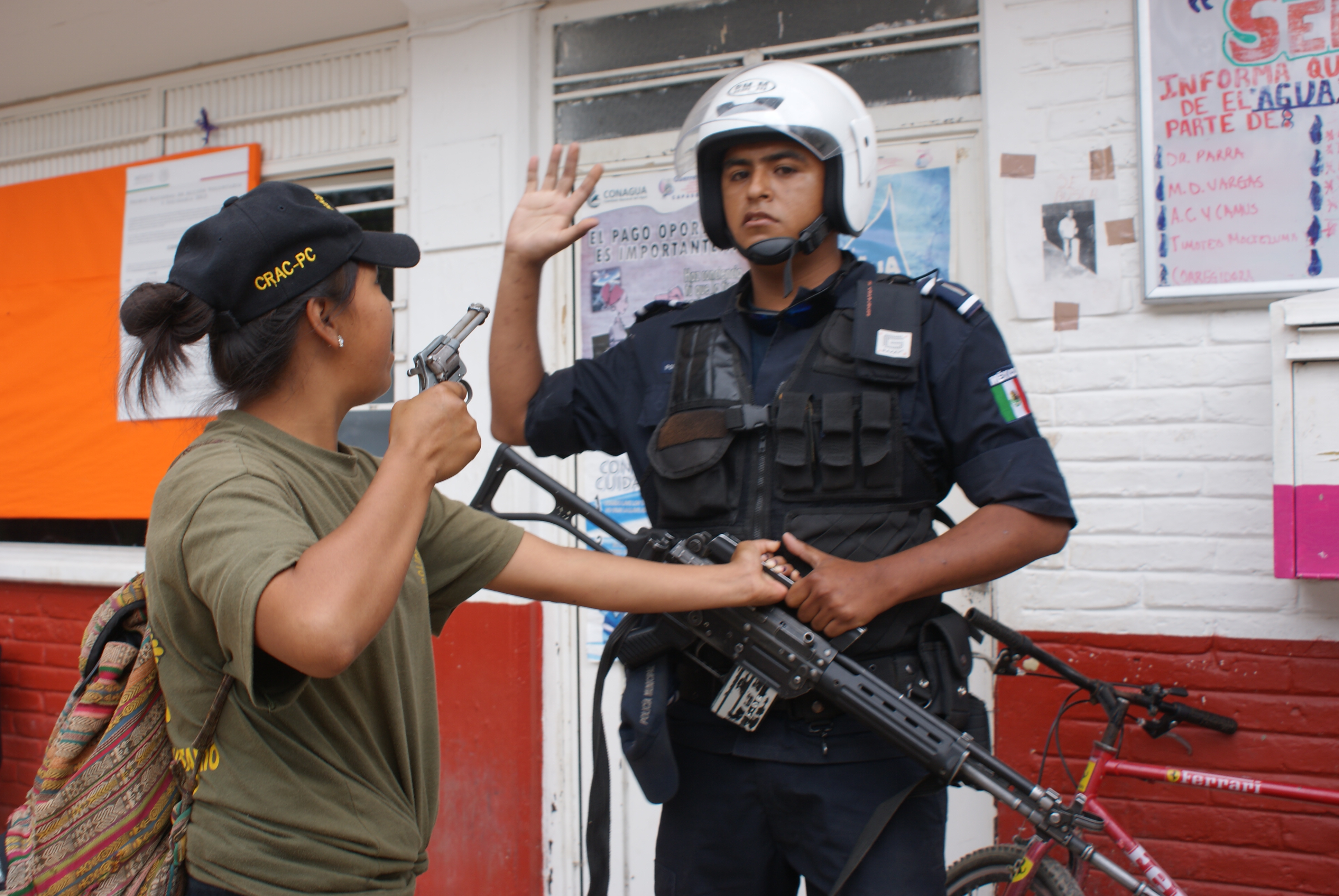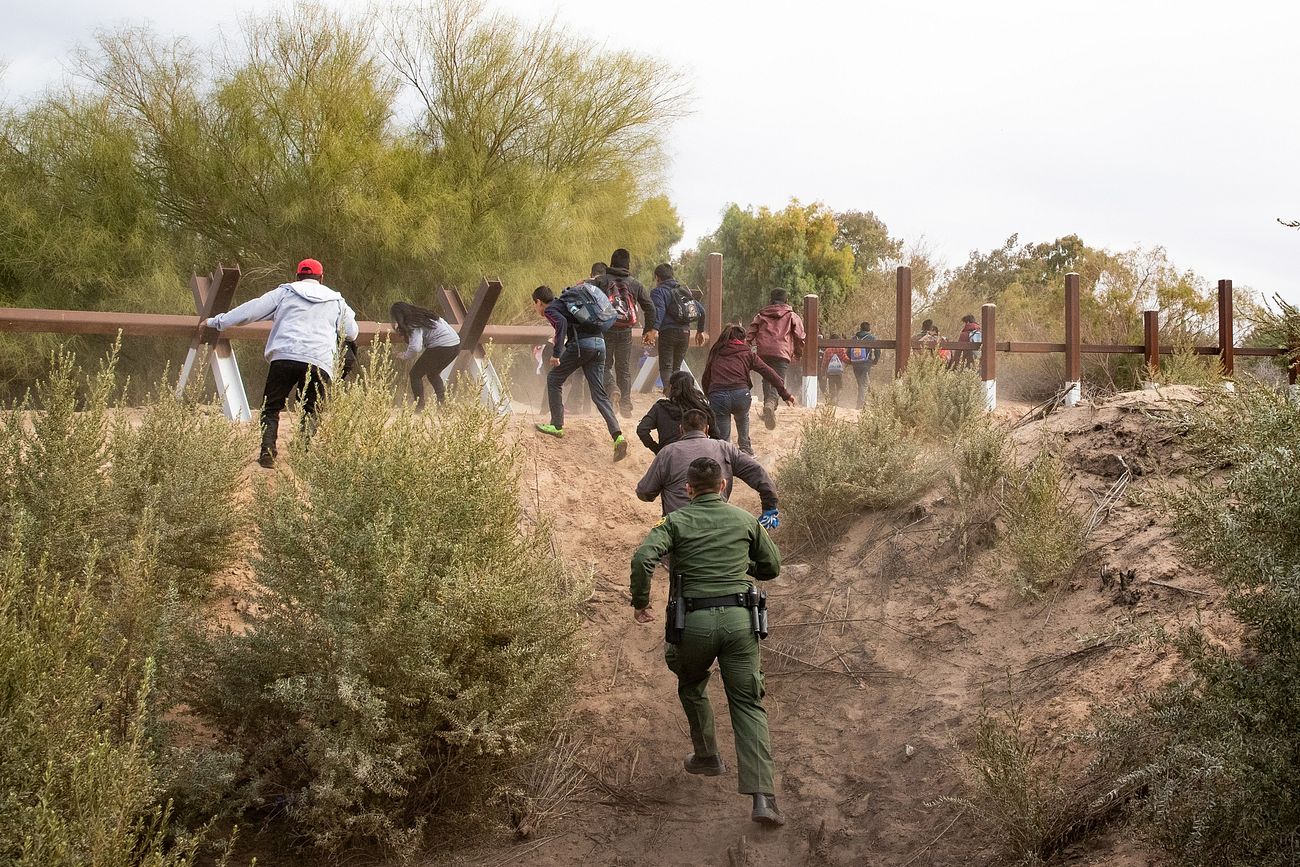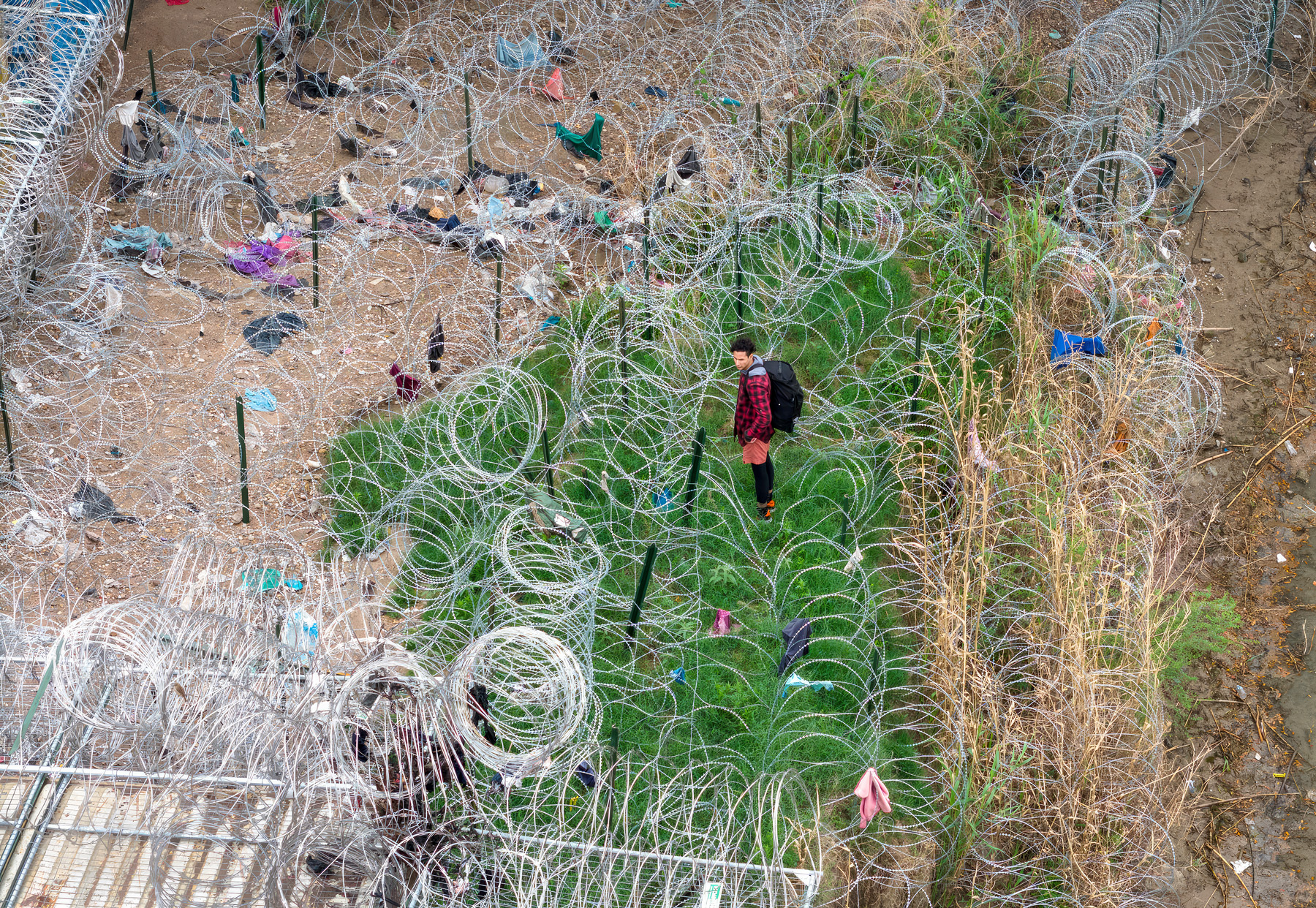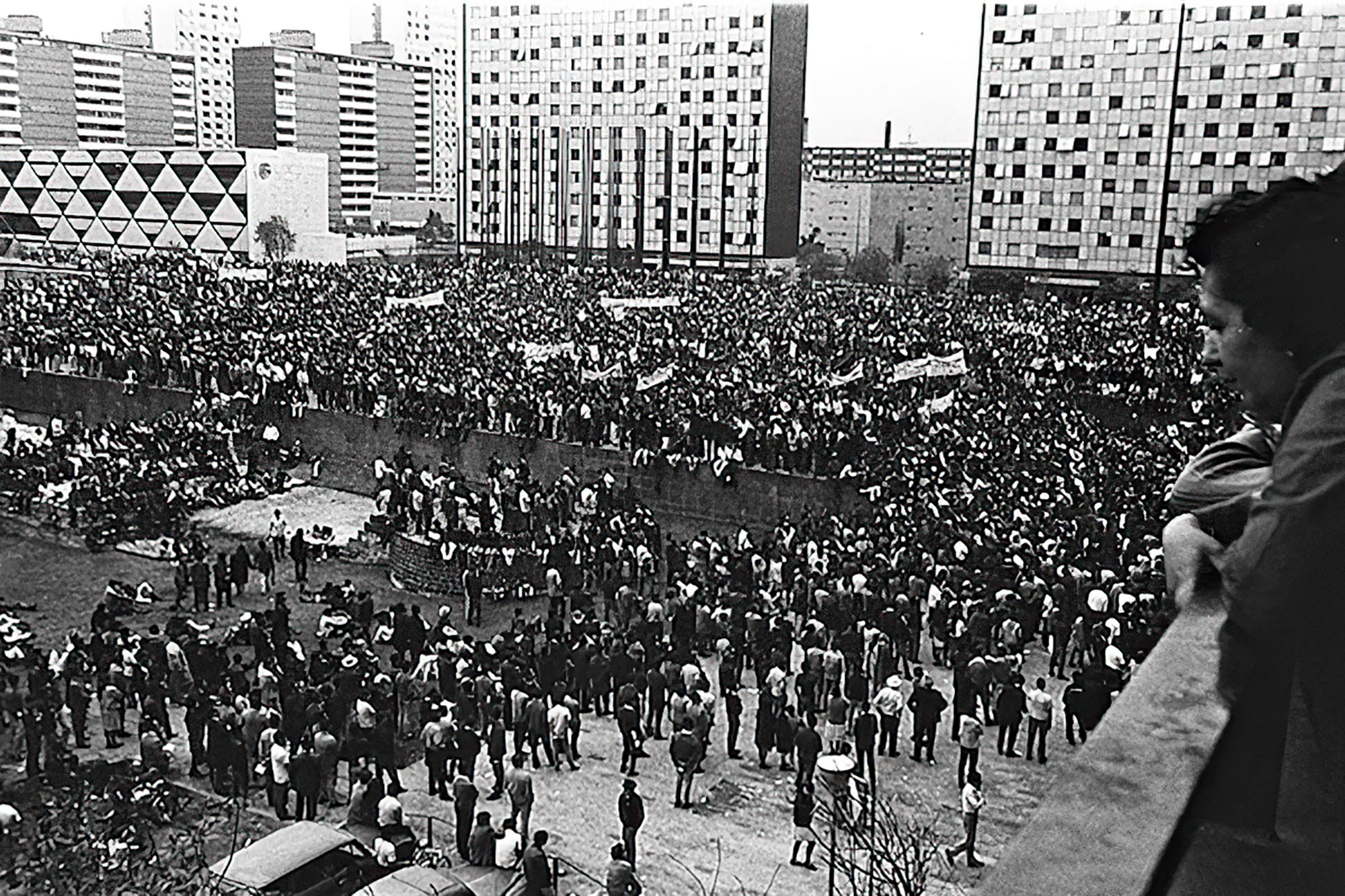Guerrero of Mexico and Oaxaca arman Mexicans to survive
- In the midst of the massacre in which the war on drug trafficking has been officially baptized, many Mexican peoples have resorted to the creation of an auzolan police force to monitor the lives and homes of people by the claws of the military sent by the corrupt or the drug dealers. Disguised as a Community Police uniform, almost 2,000 armed men and women patrol the streets and roads of many counties of Guerrero and Oaxaca.

From time to time, echoes of the violence that has become endemic in Mexico have spread throughout the world. They soon went out, as the massacre of the dead was forgotten after 43 students from Ayotzinapa disappeared and were probably tortured. But in Mexico everything is daily bread rape, robbery, torture and murder; the construction of the wall between the two by the United States. United States It will condemn people to even harder explosions.
The increasingly shameless drug traffickers who establish their law, the political and military leaders stabbed to death, the mining multinationals who, when they leave abroad, have taken ownership of the lands of Mexico, from beyond... in their desperation have organized armed militias in many communities. Not only with the illusion of great revolutions, but with the hope of surviving.
The journalist Cédric Reichenbach, who writes from Central America for the Swiss magazine L’Echo, has just reported in the report “Mexique: les villages s’arment pour survivre” those seen on a trip by the states of Guerrero and Oaxaca, in the countries that have decided to equip themselves with armed militias to survive.
Guerrero, which with its three and a half million inhabitants is one of the poorest states in Mexico, generates half of the heroin consumed in the United States. The journalist arrives at Tixtla, a village of 21,000 inhabitants: “In this region longed for by drug traffickers, the red and yellow poppies to produce heroin have multiplied and with them crime and impunity. Persecuted by policemen who directly obey the drug cartels, the citizens of Tixtla decided to organize their defense system.”
To was presented in the quote, a 28-year-old commander, with his face covered by a kagula or pasamontañas. He tells him that when they started working in 2013, the Los Reds cartels dominated the village, beating people, coercing, stealing anything in their AK-47 rifles. When the citizens formed the community police, the narcos retired and the people reconciled. However, later on, members of the Los Ardillos band appeared, offering collaboration to the population, claiming that they had already reached an agreement with the police, but things became complicated when the new militia refused.
During an interview in a corner, the journalist realizes that he is surrounded by well-armed people. Tori reassures us that this is a security issue: four months ago the narcos killed four community policemen by arranging an ambush. That day, as by chance, there was no trace of the official police in the persecution of the murderers. The atmosphere has been bitter since: “We have to walk very carefully. Here organized crime and the State are united. And the narcos have listeners everywhere.”
Then the journalist goes to San Luis de Acatlan. Not far from Acapulco, a first level tourism center and the fourth place among the most violent cities in the world. The first Community War Police was created in San Luis in 1995 to confront the climate of murder and aggression that frightened the population. At first, the authorities and the army itself had been responsible for facilitating their passage and providing them with arms, in the hope that they could calm people down. It began to expand rapidly to neighboring counties, and in 1998 they organized their own system of justice and incarceration by realizing that handing offenders to policemen and judges was useless.
Evil Narcos, Worse State
Reichenbach has been surprised by the calm atmosphere in the vast village of San Luis Acatlan, which has a population of 42,000. No controls, no armed disguised people, children playing in the streets, citizens without fear of roads, camps and squares... Gelacio Barrera Quintero, one of the founders of the popular militia, has confessed that “this could not dream when we started in the 1990s. I didn't take the guns with pleasure, but because of necessity. They've forced us to kill people. Many of us also fell into battle. Now in many places in Mexico, they would want the peace we have here.”
More than 1,800 militiamen are currently deployed in 150 localities in Guerrero under the command of the Regional Coordinator of Community Commanders - Popular Police (CRAC-PC). Each town or neighborhood designates its agents in assembly, who will act without pay. It is necessary to have an important reason to give up the designation. As a counterpart, the rest of the citizens work the land of the agent and ensure its maintenance. A rigorous commitment, no doubt.
The People’s Assembly, the way the indigenous people in these places ruled until the European invasion, was updated by the Zapatistas when the authorities rebelled in 1994. Over time, it has been seen that many indigenous and mestizos who have not followed the path of the Zapatistas have had difficulty updating the old customs and popular laws, which help them survive in the midst of the low-intensity war that Mexico is experiencing.
“We form a kind of guerrilla warfare,” Pablo Guzmán acknowledges, but unlike the Zapatistas of Chiapas, we have not declared war on the state. We have declared peace to him. And sometimes we collaborate with the authorities, if it is for the common good.” However, the State ' s military and police are the main culprits for their misfortunes on the civilian population and do not allow them to circulate in the areas controlled by the assemblies without prior authorization negotiations. “We are building our autonomy because it is the only way to preserve our lives and protect our lands from the burglars of big companies.”
The State has sold the mining multinationals much of the Mexican soil without consulting the population. Rosalinda Dionisio Sánchez, who was shot two times for facing the gold mine of a Canadian company, tells him about the picardas that cause people when they arrive in San José del Progreso, in Oaxaca. The noise of the giant excavators for days and nights, the disappearance of the water stolen by the mine, the wild contamination of used chemicals... “It is true that drug traffickers will surely corrupt our country. But the hardest and most widespread violence comes from the state. Mexico and its leaders sell natural resources to those who offer the most money, if they don’t ask the citizens but complain about imposing repression.”
The Municipal Plenary of San José del Progreso has organized a parallel City Hall with its offices, fairs, radios, etc. During long assemblies, the plans to block the gigantic mine are decided as small everyday problems of the city.
Oinarrizko maia komunitateko U Yich Lu’um [Lurraren fruitu] organizazioko kide da, eta hizkuntza biziberritzea helburu duen Yúnyum erakundekoa. Bestalde, antropologoa da, hezkuntza prozesuen bideratzaile, eta emakumearen eskubideen aldeko aktibista eta militante... [+]
Mexikoko bi emakume hauen bizitzak indarkeriak eta desplazamenduak zeharkatzen ditu. Haien familiako edo komunitateko kideak hiltzen ikusi dituzte, eta krimen antolatuak zabaltzen duen terrorea azalean sentitu dute; mehatxuak, jazarpena... ohiko dituzte. Baina horrek guztiak... [+]
It was impossible to guess who was or who was the motto I read, but who was!
Ángel González Olvera was known in Mexico 11 years ago when the bertsolaris invited us to a few days with their improvisers. He lived on a high hill, feeding on birds, pigeons, pigeons, hedgehogs,... [+]
Born 2 October 1968. A few months earlier, the student movement started on June 22 organized a rally in the Plaza de las Tres Cultura, in the Nonoalco-Tlatelolco unit of the city. The students gathered by the Mexican army and the paramilitary group Olympia Battalion were... [+]
In the desert of Coahuila (Mexico), in the dunes of Bilbao, remains of a human skeleton have been found. After being studied by archaeologists, they conclude that they are between 95 and 1250 years old and that they are related to the culture of Candelaria.
The finding has been... [+]
























